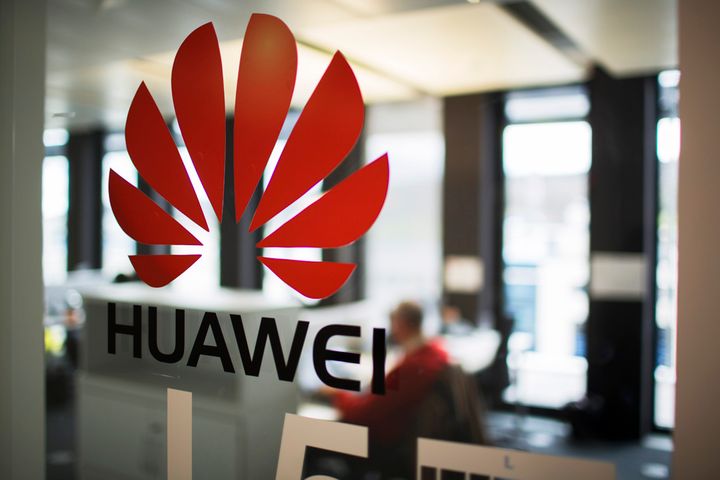 Huawei Switches to Rotating Chairman System With Ren Zhengfei Remaining CEO
Huawei Switches to Rotating Chairman System With Ren Zhengfei Remaining CEO(Yicai Global) March 26 -- Huawei Technologies Co., China's biggest smartphone maker, has ended its chief executive rotation system with Ren Zhengfei remaining CEO following the most recent board election.
The Shenzhen-based firm, which employs a collective leadership system, has switched the rotation element from the position of CEO to that of chairman. Former director Liang Hua takes over from Sun Yafang as chairman, while the other 17 director positions remain unchanged.
Huawei did not confirm the reasons for Ren remaining CEO nor Liang's installation as chairman. Ren has exerted efforts to develop the firm's internal governance in recent times and plays a leading role in the company's development strategies.
Born in 1964, new chairman Liang Hua joined Huawei in 1995 and has served as head of both structural model design and central research. He has also held roles as CFO and chief supply chain officer, in addition to being president of global technical services, business process and IT. Prior to his election as chairman of the board of directors, he served as chairman of the supervisory committee.
Huawei had previously implemented a rotating CEO system, under which the CEO served as the highest-ranking executive responsible for the company's operation management and crisis management. They were also responsible for convening and presiding over the company's meetings of senior executives. The rotating CEOs were served by three vice-chairmen with tenures lasting six months.
Ren has veto power on Huawei's board and spent a lot of time guiding and training three rotating CEOs since the company introduced the system in 2011.
Under the new rotating chairman system, three currently rotating CEOs Guo Ping, Xu Zhijun and Hu Houkun will continue to serve as rotating chairmen. The rotating chairman will bethe company's highest-ranking leader and he or she will lead the board of directors and managing board of directors for six-month tenures.